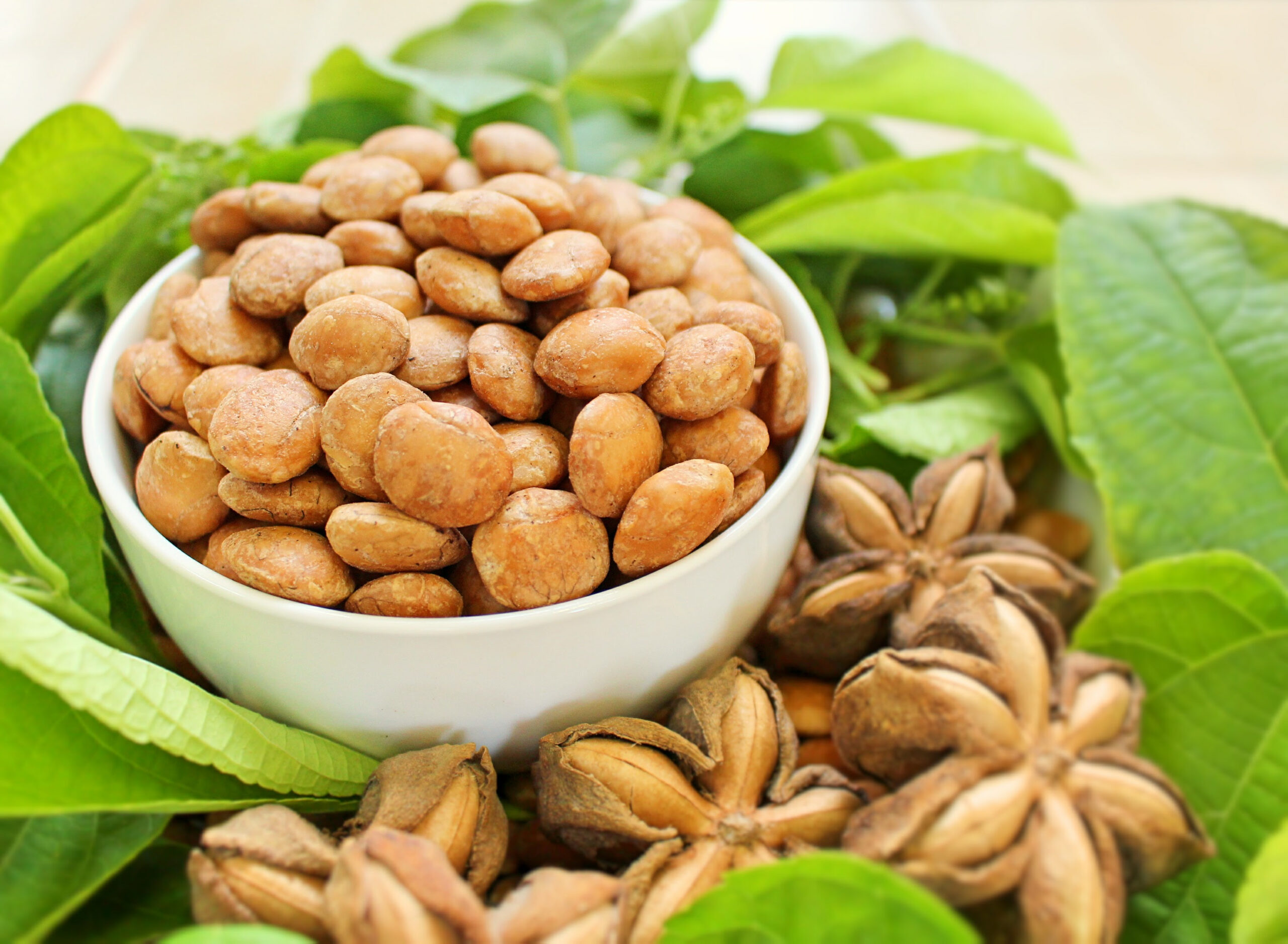The importance of omega-3 fatty acids remains constant even with the constant shift in health trends. These essential fats are renowned for their numerous health benefits, from promoting heart health and reducing inflammation to supporting brain function and improving mood. Despite their significance, many people struggle to incorporate enough omega-3s into their diet. To help you easily boost your intake of these vital nutrients, here is a list of the best sources of omega-3 fatty acids.
Contents
- 1 Salmon
- 2 Mackerel
- 3 Sardines
- 4 Anchovies
- 5 Chia Seeds
- 6 Flaxseeds
- 7 Walnuts
- 8 Hemp Seeds
- 9 Tuna
- 10 Herring
- 11 Oysters
- 12 Edamame
- 13 Brussels Sprouts
- 14 Soybeans
- 15 Seaweed and Algae
- 16 More From RetailShout
- 17 15 Homemade Juice Recipes Packed with Nutrients
- 18 6 New and 10 Returning Items Of The Week At Trader Joe`s
Salmon

Salmon is one of the richest sources of omega-3 fatty acids, particularly EPA and DHA. A 100-gram serving provides approximately 2,260 mg of omega-3s. This fatty fish is also a great source of high-quality protein and various nutrients, including vitamin D and selenium, which support bone health and immune function. Opt for wild-caught salmon when possible, as it tends to have higher levels of omega-3s and fewer contaminants compared to farmed varieties.
Mackerel
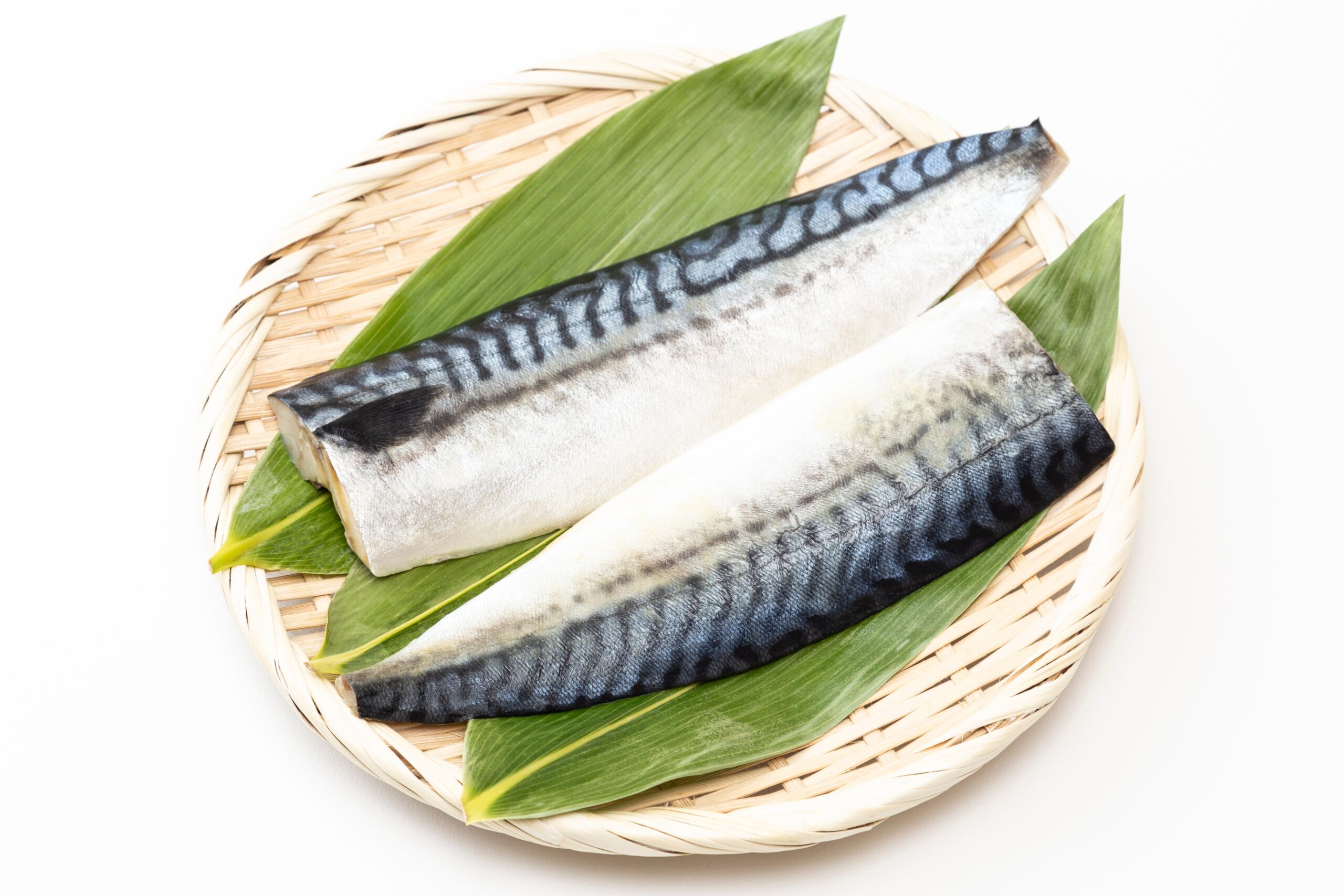
Mackerel is a small, fatty fish that is packed with omega-3s. A 100-gram serving contains about 4,580 mg of omega-3s, making it one of the most potent sources. It’s also rich in vitamins B12 and selenium, which are vital for energy production and thyroid function. Mackerel can be enjoyed grilled, smoked, or canned, making it a versatile addition to your diet.
Sardines
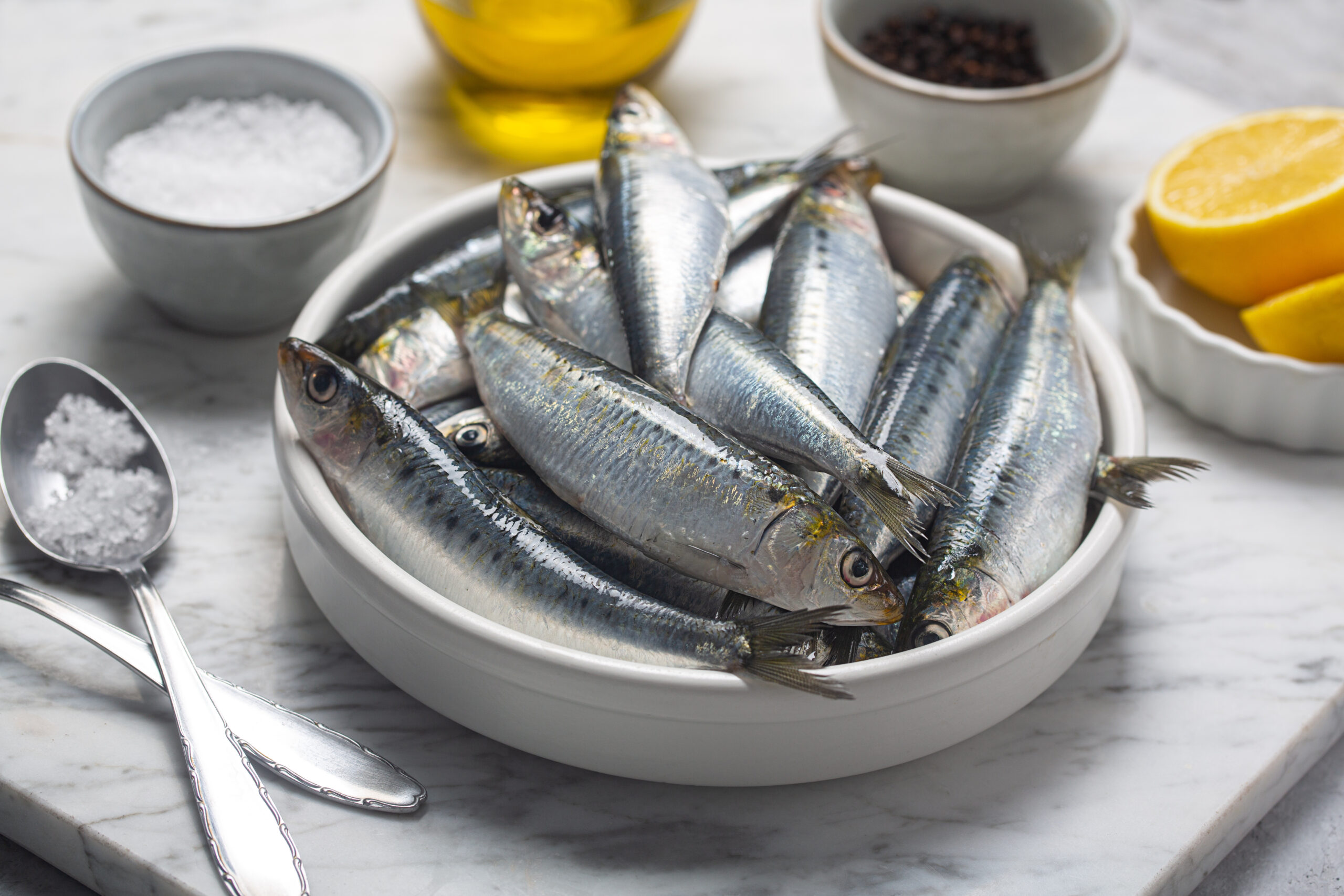
Sardines are tiny, oily fish that are often canned and eaten whole. A 100-gram serving offers around 1,480 mg of omega-3s. They are also loaded with vitamin D, calcium, and B12, making them a nutritious addition to your diet. Eating sardines with the bones provides an extra boost of calcium, which is beneficial for bone health.
Anchovies
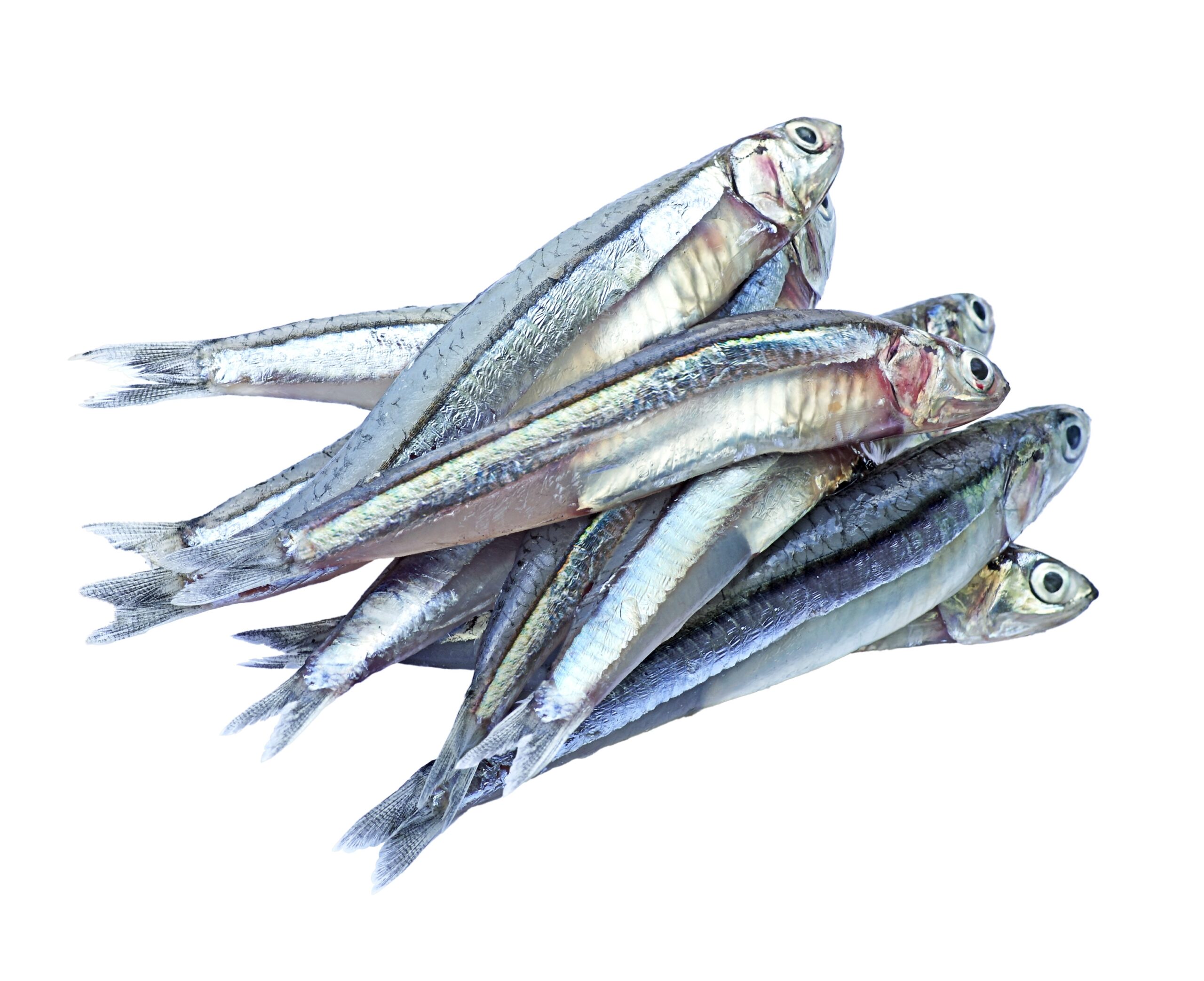
Anchovies are small fish with a strong flavor, typically used in dishes like Caesar salad and pizza. A 100-gram serving provides about 2,113 mg of omega-3s. They are also high in niacin and selenium, which support metabolism and protect against oxidative stress. Anchovies can be used as a seasoning or ingredient in a variety of dishes, adding both flavor and nutritional value.
Chia Seeds
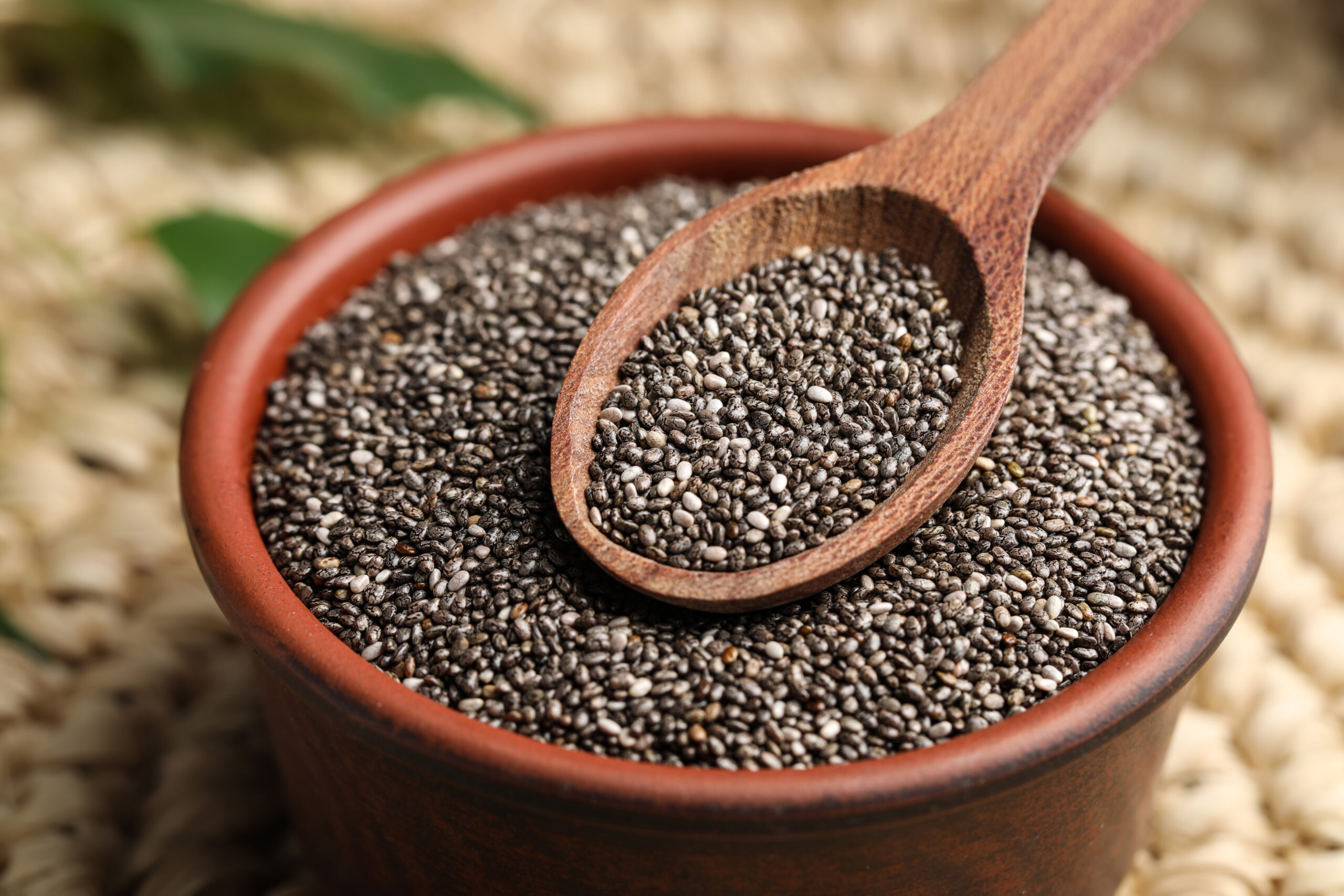
Chia seeds are a plant-based source of omega-3s, specifically ALA. One ounce (28 grams) contains about 4,915 mg of omega-3s. These tiny seeds are also rich in fiber, protein, and essential minerals like calcium and magnesium. They can be added to smoothies, yogurt, or oatmeal, or used as a thickening agent in recipes due to their gelatinous texture when soaked.
Flaxseeds
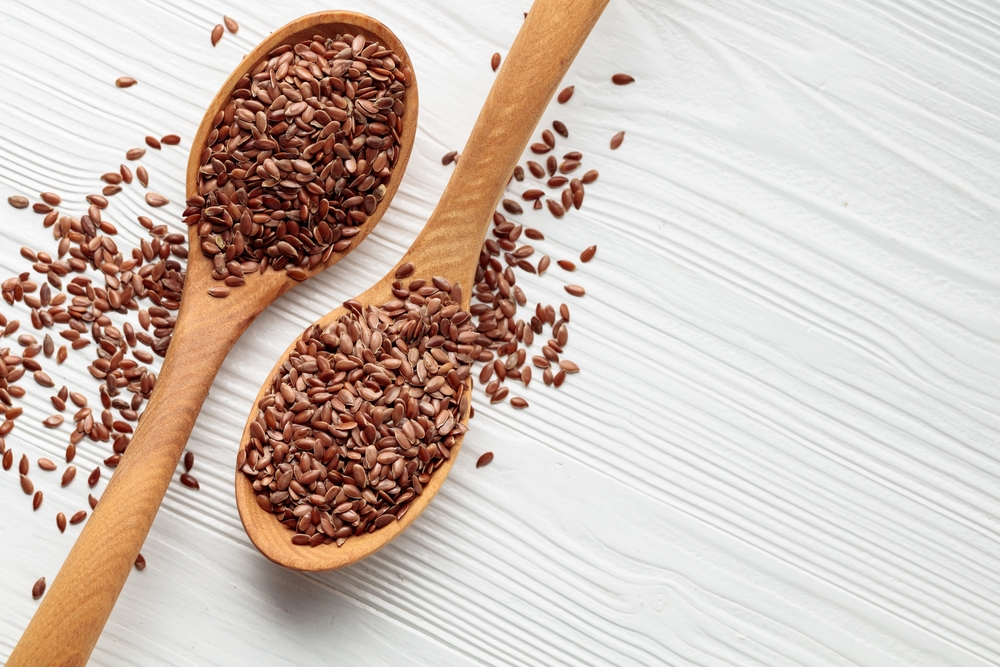
Flaxseeds are another excellent plant-based source of ALA omega-3s. One tablespoon (10 grams) contains approximately 2,350 mg of omega-3s. They are also high in fiber and can be easily added to smoothies, yogurt, or baked goods. For the best absorption of nutrients, it’s recommended to consume ground flaxseeds rather than whole ones.
Walnuts
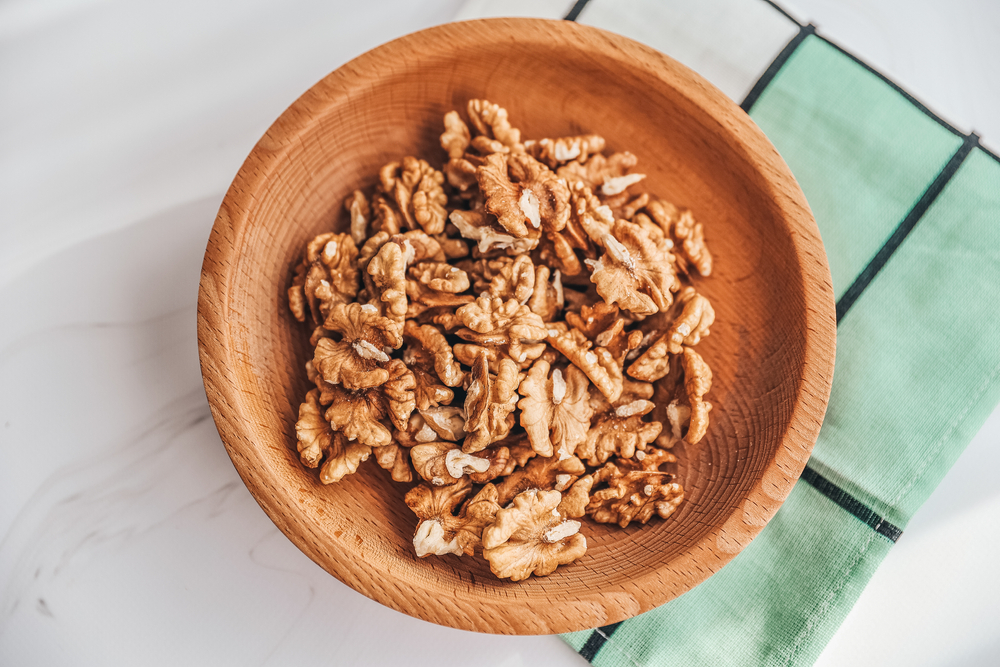
Walnuts are a convenient and tasty source of ALA omega-3s. One ounce (28 grams) provides around 2,542 mg of omega-3s. These nuts are also rich in antioxidants and vitamin E, supporting overall health. They make a great snack on their own or can be added to salads, oatmeal, or baked goods for a nutrient boost.
Hemp Seeds
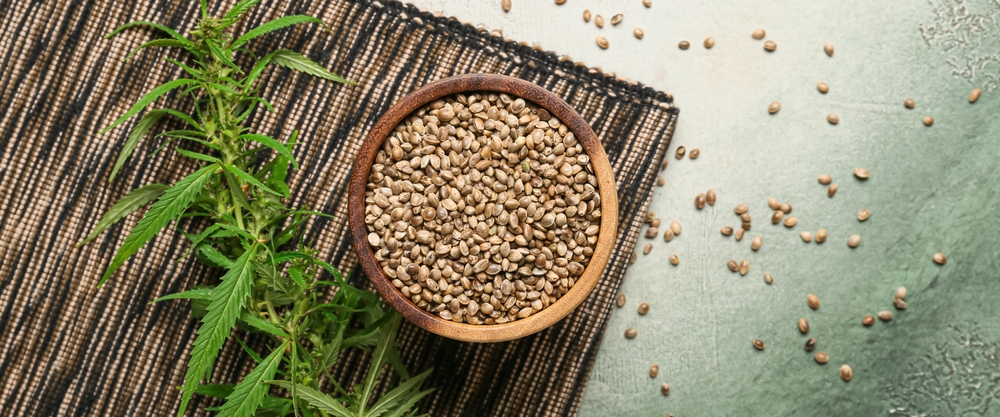
Hemp seeds offer a balanced ratio of omega-3 to omega-6 fatty acids. A 3-tablespoon (30-gram) serving contains about 2,600 mg of omega-3s. They are also a great source of plant-based protein and essential minerals. Hemp seeds have a mild, nutty flavor and can be sprinkled on salads, yogurt, or blended into smoothies.
Tuna
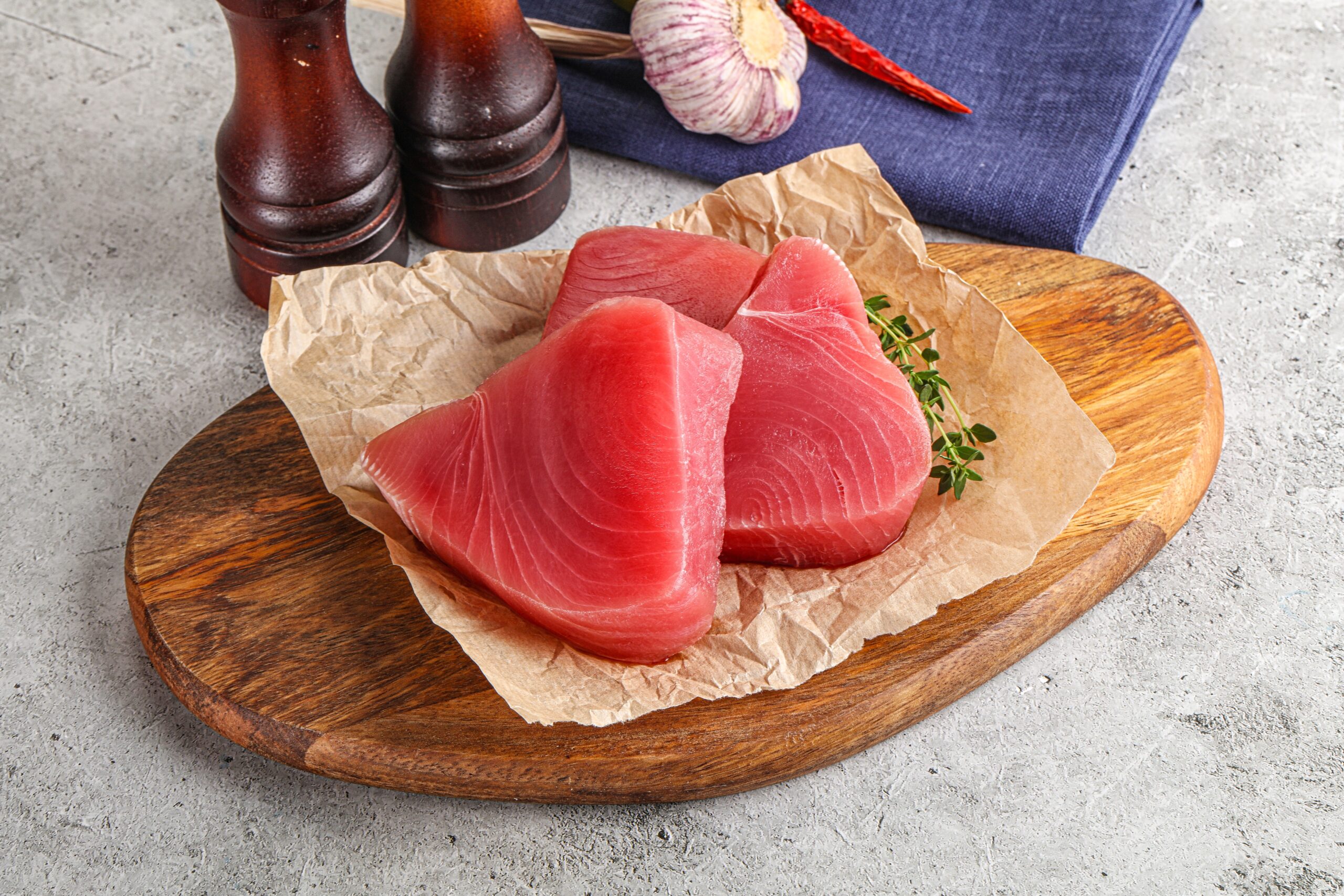
Tuna, particularly albacore, is rich in omega-3 fatty acids. A 100-gram serving of canned tuna provides about 1,414 mg of omega-3s. It’s also a good source of protein and vitamin D, though it’s important to consume it in moderation due to potential mercury content. Tuna can be enjoyed in salads, sandwiches, or as a main dish.
Herring
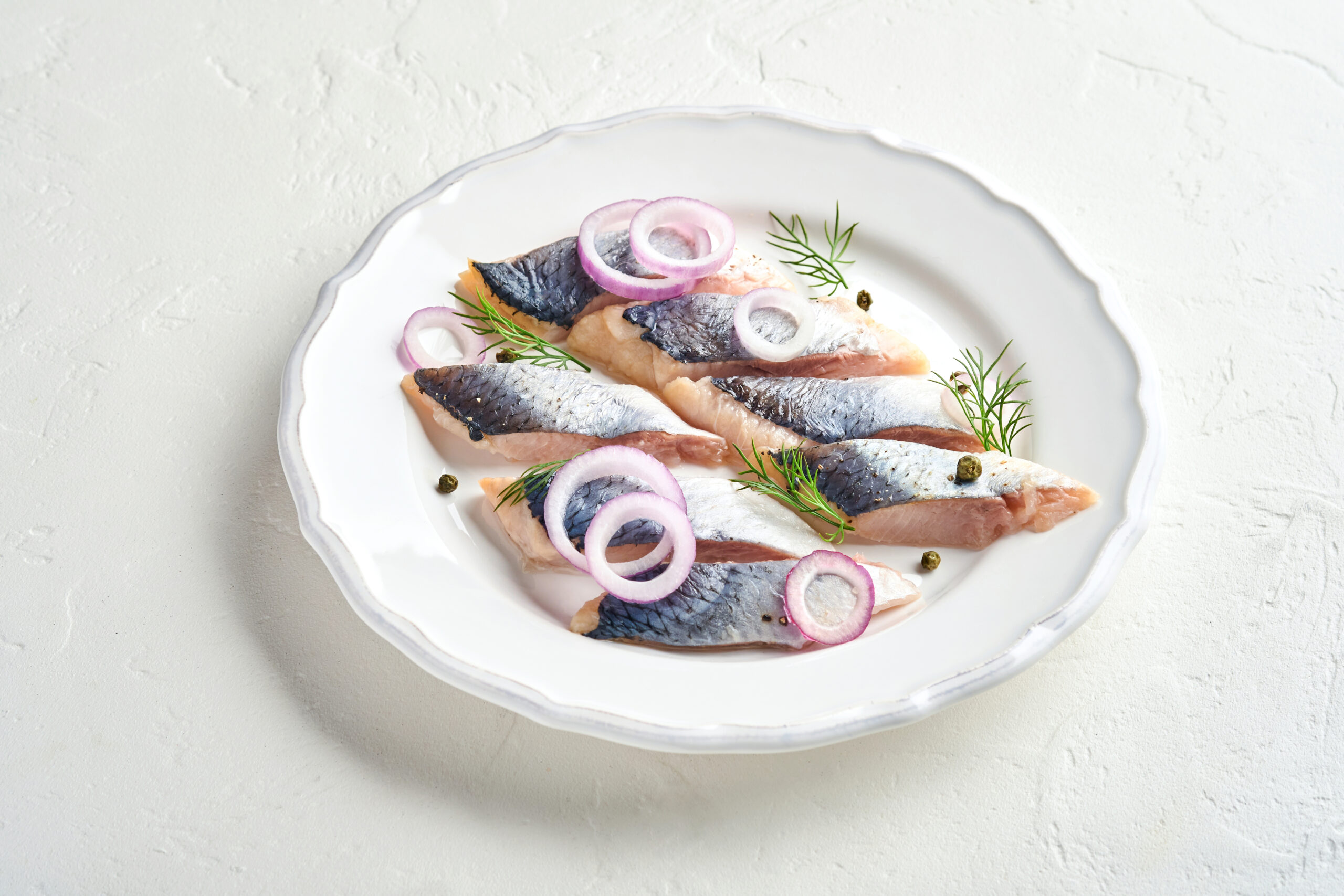
Herring is a fatty fish that is often smoked or pickled. A 100-gram serving contains about 2,366 mg of omega-3s. It’s also high in vitamin D and selenium, supporting bone health and immune function. Herring can be enjoyed as a main dish or added to salads and appetizers.
Oysters
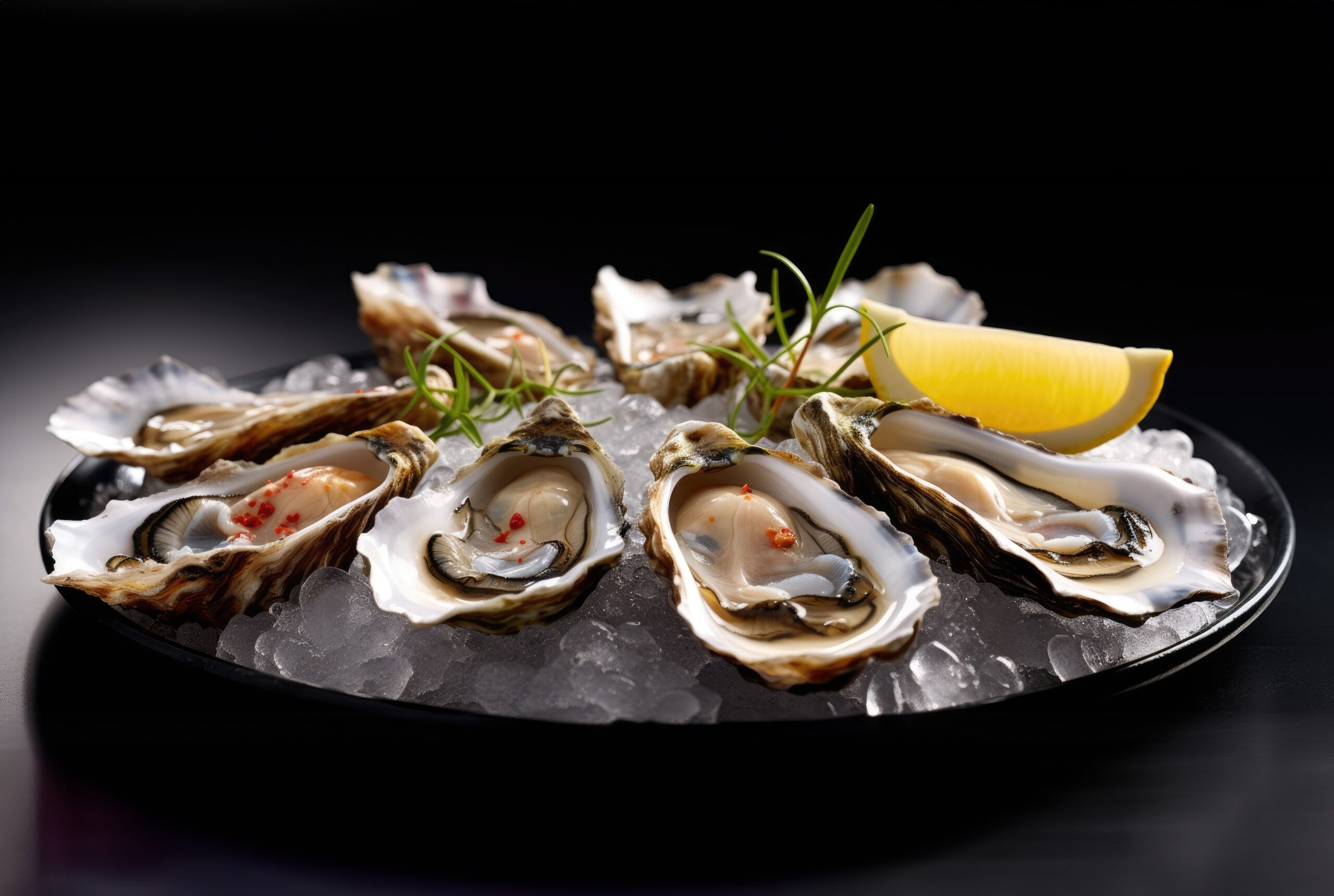
Oysters are shellfish rich in omega-3s, zinc, and vitamin B12. A 100-gram serving provides about 672 mg of omega-3s. They are also low in calories and high in essential nutrients, making them a great addition to a balanced diet. Oysters can be enjoyed raw, cooked, or added to various dishes for a nutrient boost.
Edamame
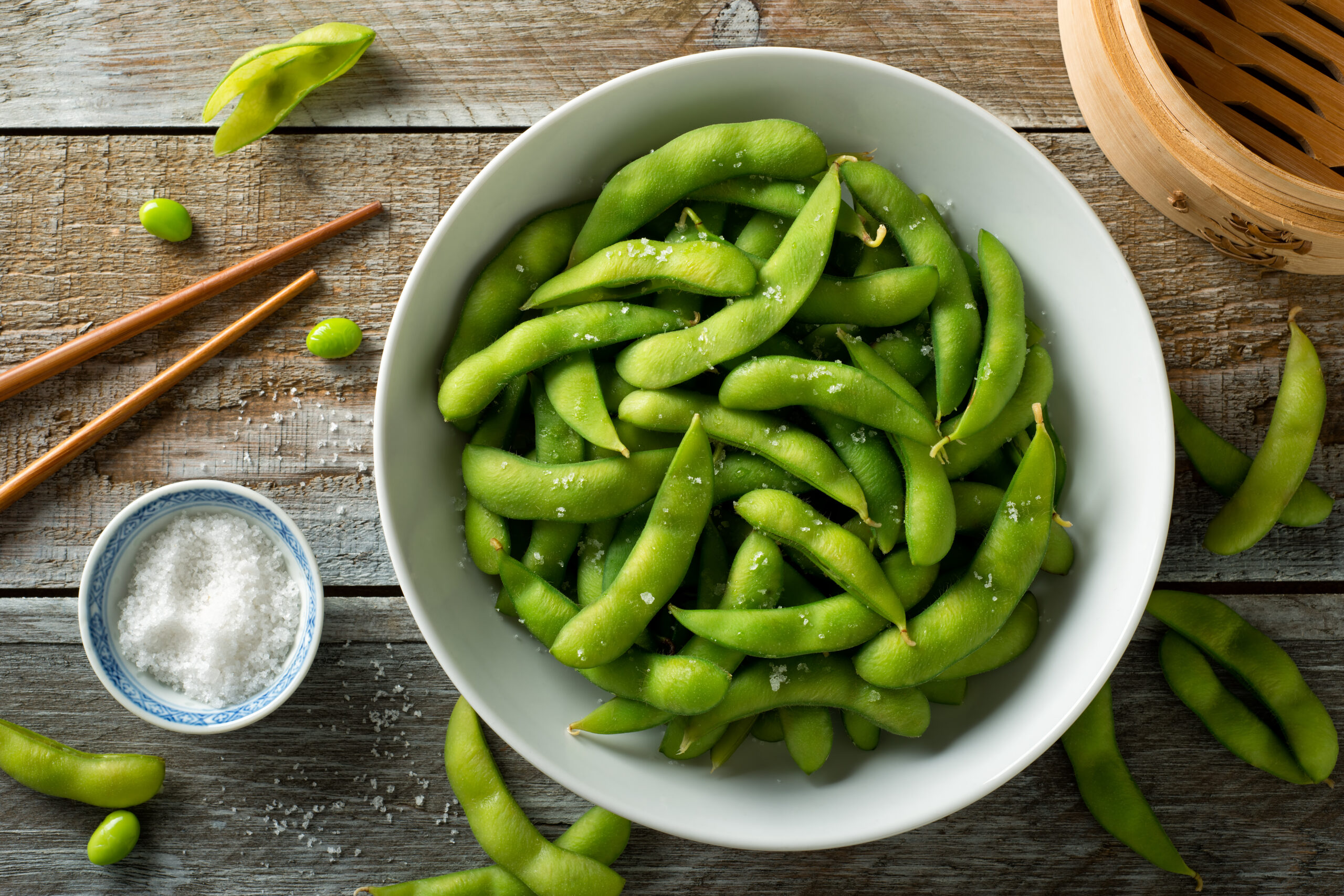
Edamame, or young soybeans, are a plant-based source of omega-3s. One cup (155 grams) provides around 560 mg of ALA. They are also rich in protein, fiber, and several essential vitamins and minerals. Edamame makes a nutritious snack or can be added to salads and stir-fries.
Brussels Sprouts
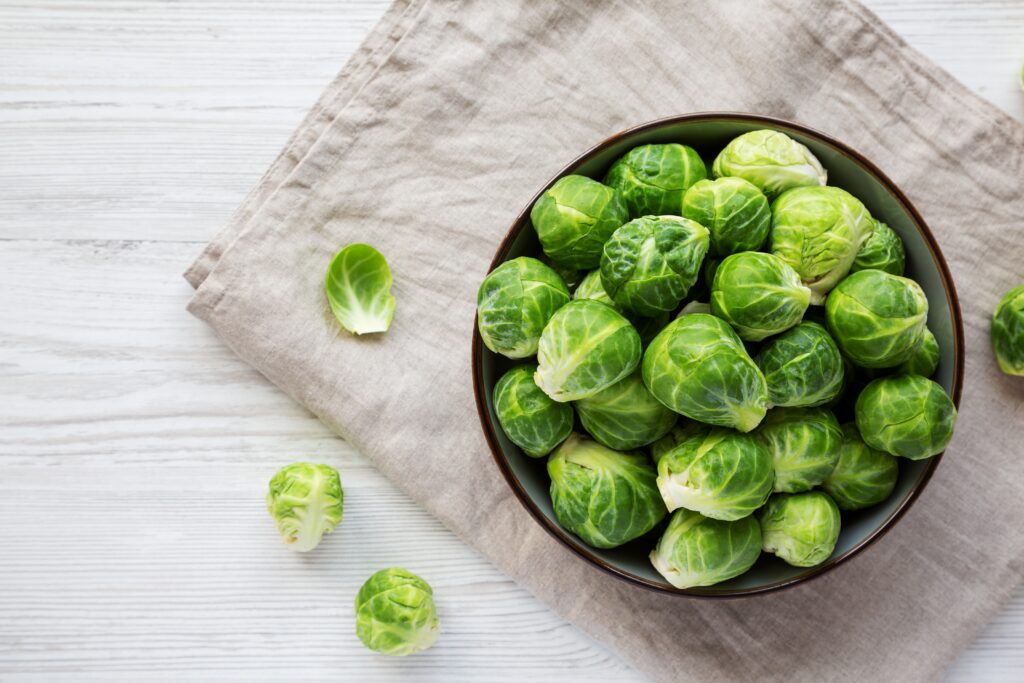
Brussels sprouts are a green vegetable that provides a modest amount of ALA omega-3s. One cup (156 grams) cooked offers about 270 mg of ALA. They are also high in fiber, vitamins C and K, and antioxidants. Brussels sprouts can be roasted, steamed, or sautéed for a nutritious side dish.
Soybeans

Soybeans are another plant-based source of omega-3s. One cup (172 grams) cooked provides around 1,241 mg of ALA. They are also an excellent source of protein, fiber, and several essential nutrients, making them a versatile addition to your diet. Soybeans can be enjoyed in various forms, including tofu, tempeh, and soy milk.
Seaweed and Algae
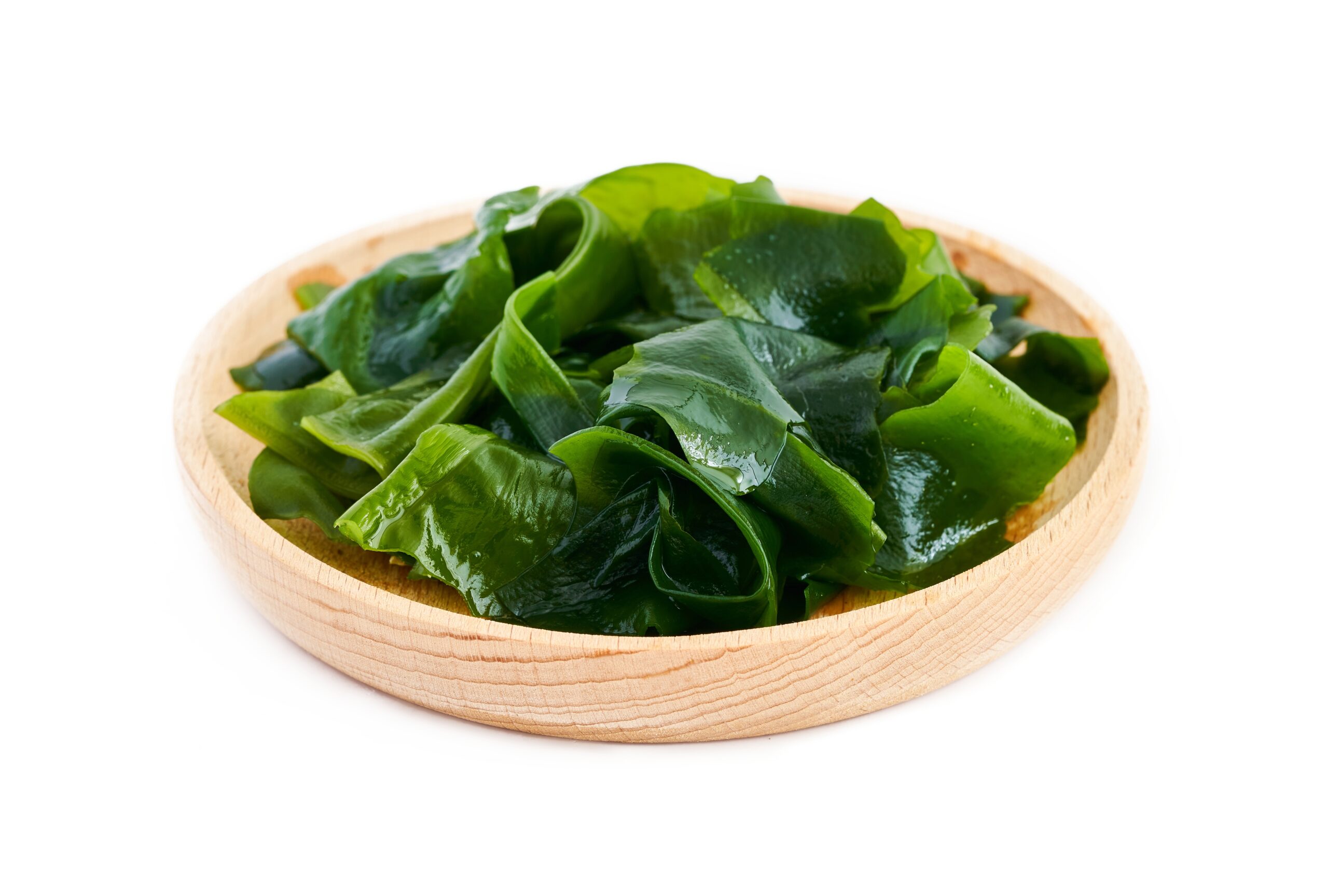
Seaweed and algae are excellent plant-based sources of DHA and EPA. Various types of seaweed, such as nori and kelp, can be incorporated into salads, soups, and snacks. These marine plants also provide iodine, which is essential for thyroid function. Seaweed snacks are a convenient way to add omega-3s to your diet.
This article originally appeared on RetailShout.

